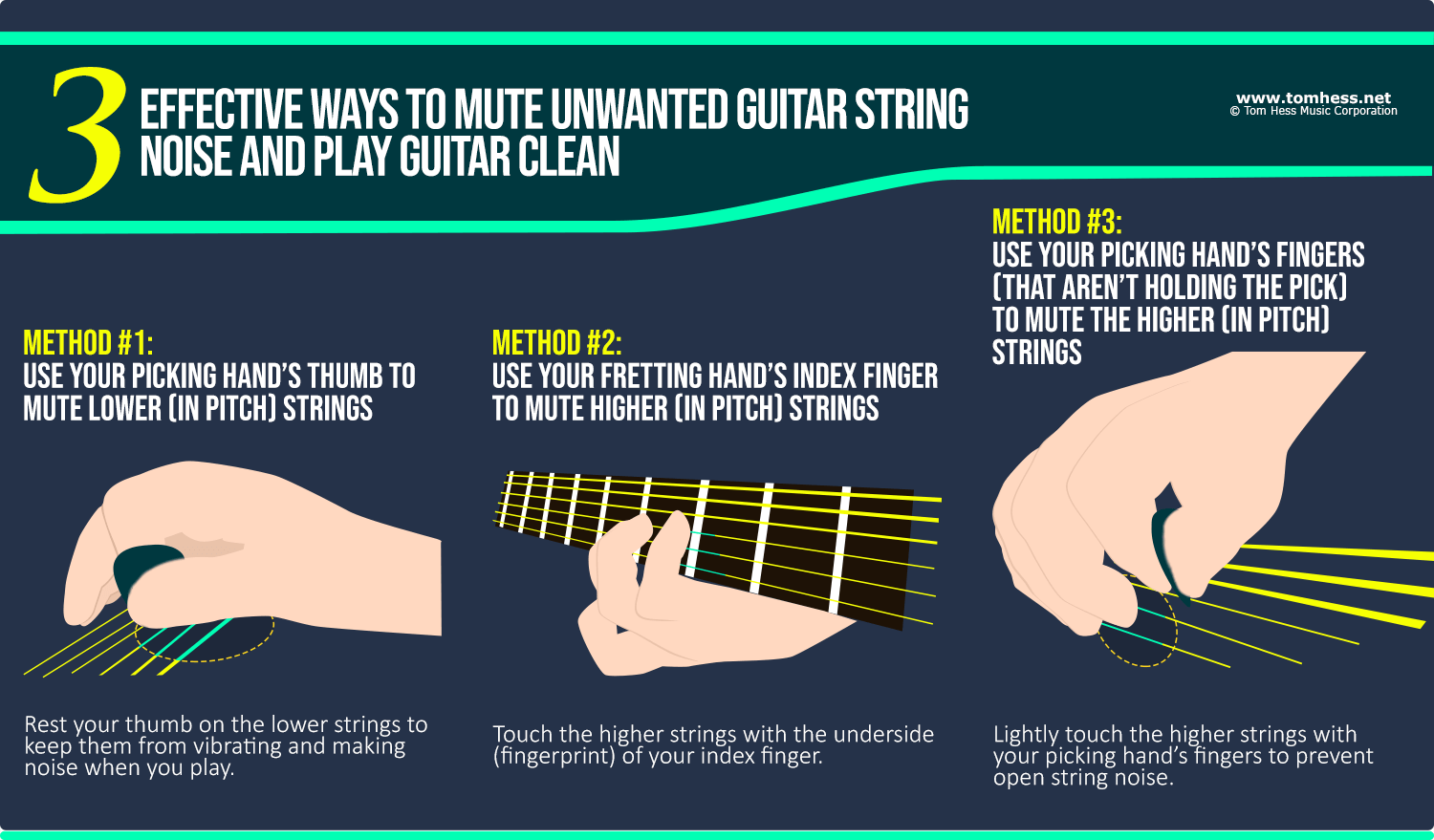Inject Your Lead Guitar Solos With Emotional Guitar Phrasing Using Lydian Mode Guitar Licks
Emotion To Any Guitar Lick

EMAIL TO GET ACCESS
By submitting your info, you agree to send it to Tom Hess Music Corporation who will process and use it according to their privacy policy.
Want a quick way to make your lead guitar solos sound better?
For that...
You need 2 things:
1. A lead guitar scale that is primed to express extreme emotion.
(Hint: as you probably already guessed from the title, the Lydian mode fits the bill here.)
2. Guitar phrasing techniques that milk maximum drama from the notes of your guitar licks.
This lead guitar article shows you both.
Emotion To Any Guitar Lick

EMAIL TO GET ACCESS
By submitting your info, you agree to send it to Tom Hess Music Corporation who will process and use it according to their privacy policy.
We begin by learning 5 simple Lydian mode lead guitar licks...
(These guitar licks sound great in any guitar solo even if you aren’t an advanced lead guitarist and can’t play guitar fast yet.)
And we’ll expand on them using simple guitar phrasing techniques.
Techniques that can make even the most plain of all guitar lick sound like the work of a true pro.
Ready to start?
Then watch this video on how to play amazing lead guitar licks using the Lydian mode:
Now that you know awesome guitar licks using the Lydian mode, here are 5 guitar phrasing and lead guitar soloing ideas that help you make your guitar solos sound pro (in the Lydian mode and in all other keys):
Lead Guitar Soloing Tip #1: Practice And Master Guitar String Bends
The quickest way to transform any guitar lick is to level-up the quality of your guitar string bends.
String bends sound especially great in the Lydian mode (to bring out the dreamy quality in your guitar phrasing).
Here are the elements of guitar phrasing to focus on when you are refining your string bends:
- Technique – make sure your thumb is wrapped around the neck of the guitar when you do string bends in your guitar licks – like this:

This will keep you from making the common mistake of extending the fingers to bend strings (which makes it hard to keep your string bends in tune consistently).
The other technique element of good string bends?
Use the side of your fretting hand palm (the part where your index finger connects to your wrist) as the pivot point that rotates your arm to complete the string bend correctly.
- Intonation: this means being able to do string bends in tune during your lead guitar licks and guitar phrasing ornaments.
If you struggle with this element of your guitar phrasing, do this: play a note you intend to bend up to in your guitar lick (as a regular, unbent note).
Let that note sustain and get its sound into your ear.
(You can do this using any guitar lick or scale of your choice, Lydian mode or not).
Then, bend up to it (slowly) and stop when you hear the bend reach the target pitch. Do this for 5-10 minutes using different notes.
That is a fantastic way to make your string bends (and everything about your lead guitar phrasing) sound more pro.
Another tip: Detune your guitar (or practice string bends on another guitar that you detune) by a half step or a whole step.
That will make it easier to bend strings in your guitar licks and solos and help you focus on the sound of the string bends (when the technical motions become less of a challenge).
- Consistency – this is about doing string bends accuracy every time they come up in your guitar licks and solos. (Naturally, this is a universal requirement for soloing in all keys, including the Lydian mode.)
One of the best ways to train this element of guitar phrasing is to practice dead-stop dropdowns.
This means: drop your fretting hand by your side in between repetitions of string bends, so you can practice bringing your hand into position correctly and doing string bends accurately.
The pauses between repetitions will help to imitate doing string bends in real life (when you have one shot to play them accurately in a guitar lick and have to do it with expert guitar phrasing).
That is the best way to develop consistency in your lead guitar playing.
- String noise control - This may sound crazy, but string noise control has to be one of the least-appreciated elements of lead guitar phrasing.
Yep. With bad string noise control, your string bends (and all other lead guitar phrasing ornaments) will sound amateur.
So, string noise control is the foundation from which all your other lead guitar phrasing elements can sound pro.

If you find string bending too easy, watch this video with advanced guitar string bending variations that will give you a ton of new string bending ideas:
Lead Guitar Soloing Tip #2: Refine Your Vibrato In Your Lead Guitar Licks
Vibrato can make or break your lead guitar licks and solos like nothing else can.
And the good news?
Lead guitar vibrato is nothing more than rhythmic and controlled guitar string bends.
So, if you can already bend string in tune and consistently, you’re WELL on your way to mastering this part of your guitar phrasing. (And that will help make the Lydian mode guitar licks I showed you sound awesome.)
Here are the main elements of lead guitar vibrato to focus on as you practice your guitar phrasing in the Lydian mode:
- Intonation – the goal of vibrato is similar to the goal of string bends. You want to bend the string up to the exact note you are trying to reach with your vibrato ‘pulses’...
... and release it back down to the note you started from. And then do it again for the duration of vibrato.
Mastery of lead guitar vibrato intonation is a key part of what makes the Lydian mode guitar licks I showed you earlier sound so good.
Here how to achieve prefect intonation in your vibrato:
- Consistency – this means the bends of your vibrato guitar phrasing ought to be the same width and speed for the entire duration of your vibrato.
If they are not, your lead guitar solos will sound out of control (and it ruins the beautiful floating feeling inherent in Lydian mode guitar licks)
Here is what I mean:
- Proper balance of speed and width – The width of your vibrato refers to the size of the bends (pulses) that make the vibrato happen. The speed of vibrato is the frequency with which they occur.
When your vibrato guitar phrasing is fast and narrow, your guitar soloing sounds nervous and frantic. And when your vibrato is slow and wide, it no longer sounds like ‘vibrato’ (it sound like slow bends).
Generally speaking, the faster your vibrato, the wider it ought to be. And the slower it is, the narrower it ought to be.
(You can hear great examples of controlled vibrato in the Lydian mode guitar licks I played for you earlier.)
- Timing – your guitar phrasing (and especially – the Lydian mode guitar licks I taught you) will sound best when your vibrato is in sync with the tempo of the track you are soloing over.
To see how to do this, watch this guitar soloing video:
To see even more nuances to how vibrato can affect the phrasing of your guitar licks (in a guitar solo that ‘isn’t’ based on the Lydian mode), watch this video.
Lead Guitar Soloing Tip #3: Practice Your Guitar Phrasing With Slides
Slides seem like the most simplistic and obvious of all guitar soloing techniques, right?
Well, there is more to them than it might seem at first, mainly because:
There are lots of different types of lead guitar slides (all of which sound great when used with guitar licks from the Lydian mode), such as:
Ascending slides – here you simply slide from a lower (pitch) note in your guitar lick to a higher note as you play your guitar solo.
Descending slides – the reverse of the above. You simply slide from a higher pitch in your guitar lick to a lower note, as you play your guitar solo.
Backslides – this is where you play a note, then slide up (or down) from it and immediately return back to the note you started. But al 3 of these guitar phrasing events are ornaments of ONE note – not 3 separate notes.
Watch this lead guitar video that illustrates backslides in action:
Super Slides – this means you slide up (or down) the string a distance of 1 octave or more. (Like this guitar phrasing video shows.)
All of these lead guitar slide variations help make your guitar phrasing (and guitar licks) way more expressive (and they sound fantastic when soloing in the Lydian mode).
Lead Guitar Soloing Tip #4: Refine Your Guitar Licks Using Guitar Phrasing Variations
The #1 mistake I hear when I listen to guitarists “practice” their guitar phrasing is: they only play each lick once... and immediately move on to the next guitar lick in their solo.
Problem is: this doesn't give you a chance to truly make the lick sound great. That is something you can only do when you:
- Repeat the guitar lick more than once.
- Ask yourself what you did (and didn’t) like about its guitar phrasing.
- Decide what adjustments you want to make on the next repetition to make the guitar phrasing more expressive.
- Repeat the same guitar lick with new phrasing to make it better.
(That was the exact process I used to refine the Lydian mode guitar licks you heard earlier.)
As you repeat your lead guitar licks, add other guitar phrasing ornaments (such as double stops, harmonics and rakes) and vary what notes they are used on.
Watch this video that shows this process in action:
Lead Guitar Soloing Tip #5: Learn (And Practice Playing Guitar Solos With) Other Emotional Scales
As cool as the Lydian mode is, it’s far from the only guitar scale you can play emotional guitar solos with.
Some of my other favorites include:
- The Hirajoshi scale (oriental pentatonic scale that is basically like a minor arpeggio with a 9th and a b6 added). Because it has only 5 notes, it fits into A LOT of musical contexts (and it’s a great scale to mix together with the regular minor pentatonic scale.
- The 5th mode of melodic minor (also known as the Mixolydian b6th scale). This – hands down - is my favorite scale of all time. And (in my opinion) it conveys the most emotion and sadness.
So, if you love hearing the bittersweet and melancholy sound in your guitar licks and solos, then use this scale (combined with the wide/thick vibrato, dramatic slides and soulful string bends).
This video shows you how:
Bonus tip: When you learn any guitar scale (including the Lydian mode), memorize ALL of its shapes all over the fretboard. This way you can use your entire guitar fretboard to solo and not be limited to just one area of the guitar neck.
Now that you know how to play Lydian mode guitar licks with cool guitar phrasing, the next step is to learn even more lead guitar phrasing techniques that make you sound more creative and expressive, no matter if you play fast or slow. I show you how in my free eGuide: The Secret To Adding Fire & Emotion To Any Guitar Lick... Even if You Can’t Play Guitar Fast Yet. Download it today and discover the lead guitar phrasing secrets most guitarists will never know.

Become a better guitar player with the best online guitar instruction.


